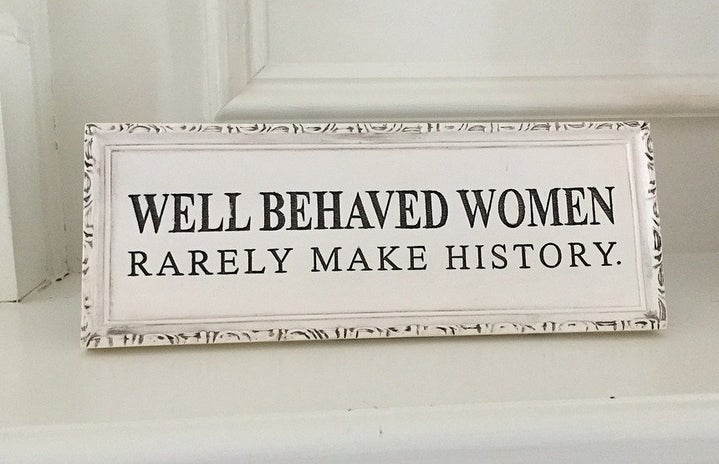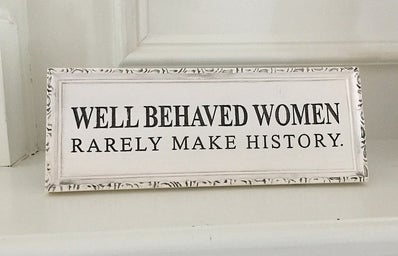As the latest platform of online popularity, TikTok has certainty acquired considerable criticism. The effects of social media are often heavily scrutinised, especially given that the target audience is generally of the younger generation. Whilst TikTok certainly perpetuates such issues innate to social media and allows for online echo chambers, it also allows for individuals to connect over shared experiences and subsequently brings a sense of community. One such example is a recent trend known as the ‘Ancestors’ trend. Participators of the trend share a video of them talking to their hypothesised ancestor, demonstrating how those in the past might’ve reacted to things we do today.
Some video’s highlight how different our world is today compared to those of the past, demonstrating the progress that has been made. This is done particularly by users of historically marginalized communities, with the so-called ancestor often replying “we can do that now?” to a seemingly mundane activity. Others have used this trend to highlight the similarities we have with our ancestors. One user does this through talking to their ancestor about staining their nails with henna (@dontgotaclueintheworld), whilst another bonds over with past women-loving-women over sapphic poetry (@_happy_dagger_). This trend, therefore, is used to celebrate deep-rooted cultural traditions as well as feelings that have existed throughout time.
The trend originally began among a niche sector of archaeologists on TikTok. Through referencing a recent discovery, an archaeology student acted out a conversation with a 90,000 year old Neolithic woman about how they shared common interests in that they both ate crab (@archthot). Though an oddly specific interest, the fact that we have any similarity to those who came 90,000 years before us is still surely fascinating. Another historian on TikTok (@historical_han_) then went on to use the trend to demonstrate many historical objects that our still relevant to our modern lives such as a 2000 year old Roman birthday party invitation and various Roman makeup items like moisturiser and eyeshadow, similar to what we still use today. In doing so, these videos remind us that the historical people we study were actually real beings, and as humans, share similar interests, ideas and feelings.
This trend has gone beyond the confines of archaeology TikTok with such popularity that even celebrities like Drew Barrymore have participated in it. And yet, history remains at the root of this trend. In some cases, videos are less wholesome and instead poke fun modern life and the changes it brings. Nevertheless, people’s enthusiasm to participate in such a trend demonstrates our want to connect to those who came before us. The trend recognises that people in the past may not have been that different to us. The littlest things, like certain makeup products, or the larger matters, like who we love or the cultures we honour, connects us to humans throughout time.


